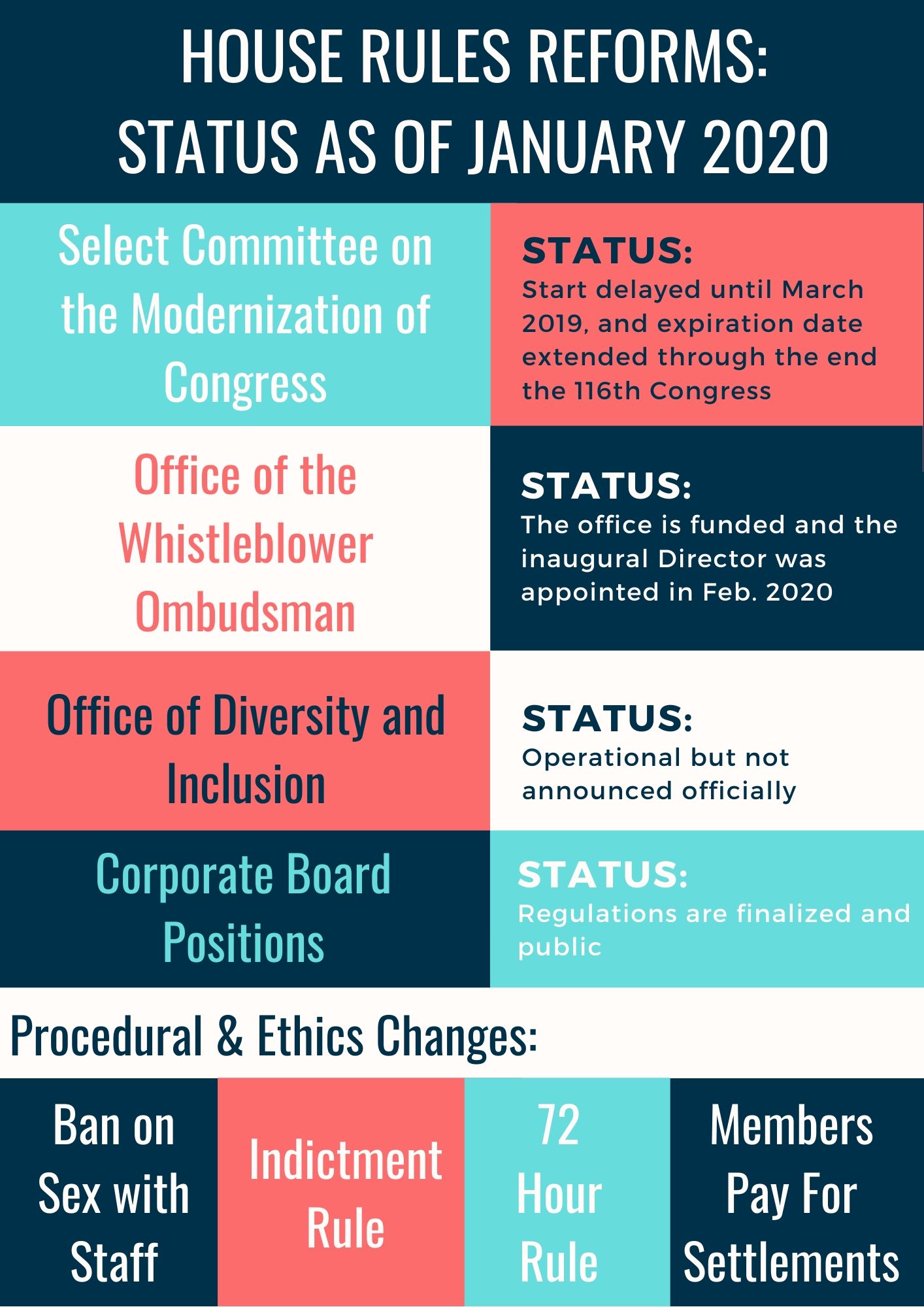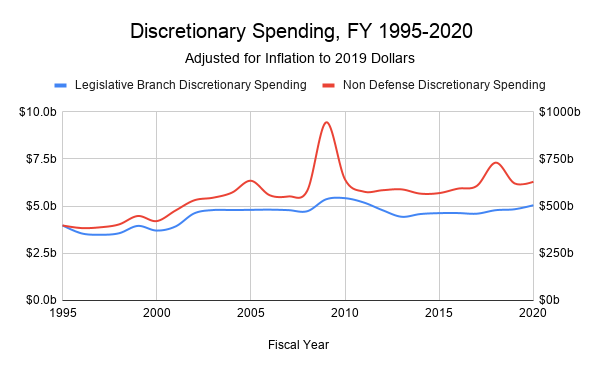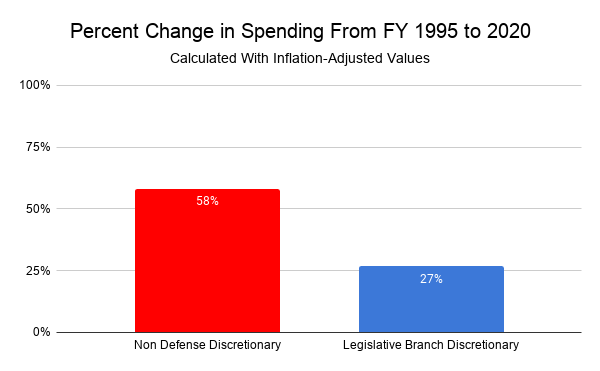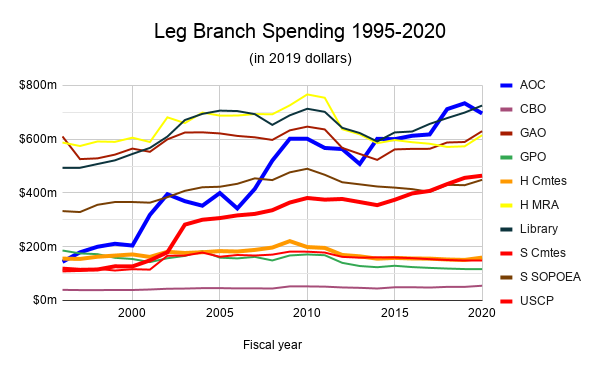Last week House Officers—the House Clerk, Sergeant at Arms and Chief Admin Officer—testified before the House Appropriations Legislative Branch Subcommittee. These officers are responsible for floor and committee proceedings, security and the internal workings of the House. They do the tough behind the scenes work that keeps Congress going. Not sure what their duties entail? We’ve got you covered with some examples from last week’s hearing.
Continue reading “Recap of the House Officers’ FY 2021 Appropriations Request”Tag: House
March Update: Legislative Branch FY2020 Appropriations Items Due Dates
Back in December 2019, Congress passed the Legislative Branch Appropriations bill for FY 2020, starting the clock on dozens of Leg. Branch projects and reports.
Last month, our team reviewed requests from the Leg. Branch approps bill, broke them down by entity, and summarized the deadlines. For those interested in looking at the complete spreadsheet, you can access it here.
We will regularly post a list of items due from the Leg. Branch approps bill, broken down by entity. We also will include which items were due during the previous month at the end of the report.
Expected This Month
Below are the items that are expected in March 2020, broken down by entity:
Staffers Form Bipartisan Association Aiming to Modernize Congress
A new staff association is looking at ways to reform the staff workplace from the inside. The Modernization Staff Association (MSA) is a bipartisan group of staffers whose goal is to improve the efficiency and effectiveness of Congressional staff by modernizing systems that affect their day-to-day operations. The association held its latest meeting last week, focusing on onboarding new members, defining their mission, and creating resources guides for staffers. Roughly 50 staffers attended the meeting. The association continues to grow, with a total of 82 members, all House staffers. According to MSA, they encourage Senate staffers to join as well.
Continue reading “Staffers Form Bipartisan Association Aiming to Modernize Congress”Reforms Included in the House Rules for the 116th Congress
At the beginning of each Congress, House lawmakers adopt rules that will govern the state of play for both sessions of that Congress. The rules of the House of Representatives are a chance for the majority to set priorities as well as implement operational and institutional reforms.
We made a number of reform recommendations — see our report and draft legislative language — several of our favorites made it into the package.
As we are well into the second session of the 116th Congress, we took inventory of standout reforms that made it into the rules package. Scroll down for a summary of where items stand this Congress.
Find the complete House Rules (with explanations) here, and the resolution that ratified the rules (H. Res. 6) here.

• • •
Continue reading “Reforms Included in the House Rules for the 116th Congress”The Undermining of Congress
The Legislative branch plays a central role in our democracy, but for decades Congress has systematically underfunded congressional operations as compared to the rest of government.
The chart below shows discretionary non-defense discretionary spending from 1995-2020 (in constant dollars). During that quarter-century, non-defense discretionary spending increased by 58%, but spending for the legislative branch increased only by 27%.


Coalition Urges House Democratic Caucus to Publish Caucus Rules
Earlier today, a coalition of 15 organizations sent a letter requesting the House Democratic Caucus to publish its current set of Caucus rules.
Similar letters were sent on January 31, 2019, February 7, 2019, and April 10, 2019, requesting the Caucus to publish the rules online. The coalition received a response on February 7, 2019, saying that the issue would be brought up to the Caucus shortly. Unfortunately, no further action was taken by the Caucus.
It has been one year since the Democratic Caucus informed the coalition that the matter would be brought to the Caucus’ attention. The letter once again requests that these rules be published online.
Read the full letter here
2020 Legislative Branch Wish List
The passage of the Legislative Branch Appropriations bill for FY 2020 back in December started the clock on a number of projects and reports inside the legislative branch. We took a look at the requests, broke them down by office, and summarized the deadlines, which are drawn from the House committee report, the Senate committee report, and the Joint Explanatory Statement.

Coalition Letters Urge House and Senate Committees to Expand Access to CRS Reports.
Earlier today, letters signed by 25 organizations were sent to the Committee on House Administration and the Senate Committee on Rules and Administration urging them to address issues of congressional and public access to CRS reports.
Previously, Congress directed the Library of Congress to public current and archived CRS reports, but many of these reports are not made available to the public are not made generally available to Congress unless specifically requested and are not available from either the Library’s internal website or from its public-facing website.
Continue reading “Coalition Letters Urge House and Senate Committees to Expand Access to CRS Reports.”The Legislative Branch is More Than Congress

Chaplains, doctors, historians and architects are part of the unseen Legislative Branch. While most know about the House and the Senate, did you know the US Capitol Police takes up more than 10% of the Legislative Branch budget ($456 Million in FY 2019) and has 2300 employees?
This article starts a series highlighting the various offices within the Legislative Branch and the issues that should be considered – in particular the process to appoint the leaders of these various offices. Continue reading “The Legislative Branch is More Than Congress”
Rule of Law(makers)
We’ve previously written about the rules that rule the rules, which has to be one of the world’s wonkiest subjects. In short, each party in the House and Senate has rules that govern their conference or caucus, leading to different party rules for (1) House Democrats, (2) House Republicans, (3) Senate Democrats, and (4) Senate Republicans.
Party rules shape the power structure inside the party: they govern things like committee chair assignments and term limits for leadership. These rules can empower rank and file members and give them a voice, strengthen committees, or consolidate power in the hands of a few at the top. Continue reading “Rule of Law(makers)”
